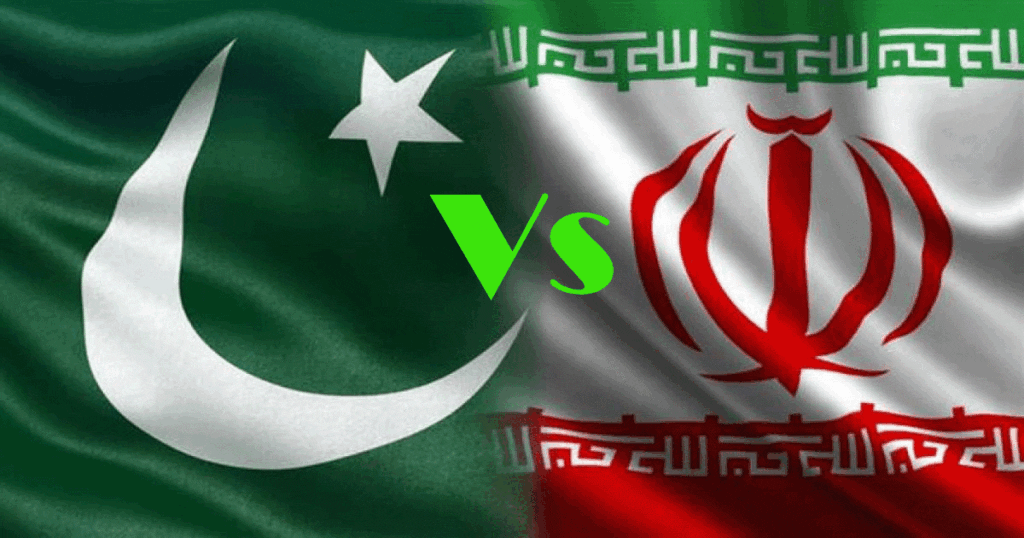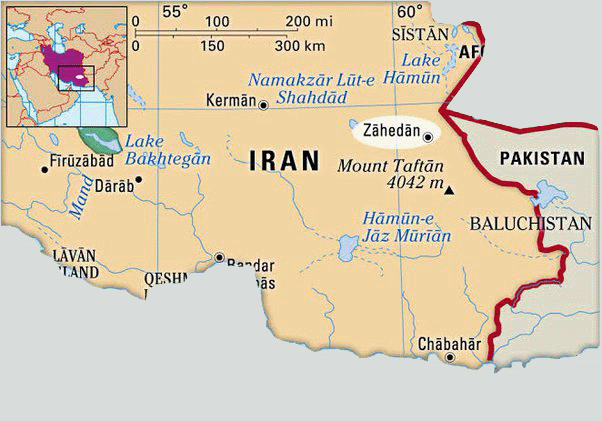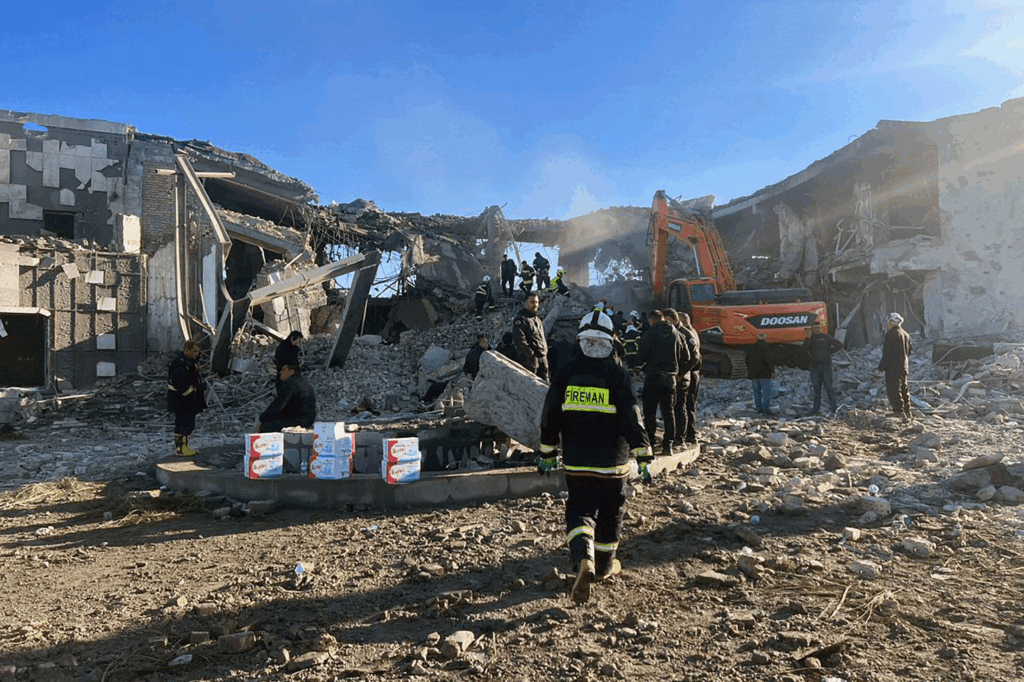
Introduction: In a bold and alarming escalation of tensions, Pakistan recently launched retaliatory missile strikes into Iran, claiming the lives of nine individuals. This provocative move comes on the heels of Iran’s strikes in Pakistan just a day earlier. As we delve into the unfolding events, we’ll uncover the intricate dynamics, historical echoes, and the broader geopolitical landscape shaping this volatile confrontation. Brace yourself for a deep dive into the heart of this clash, where missiles fly, and diplomatic relations teeter on the edge.
The recent missile strikes between Pakistan and Iran have thrust the region into a perilous situation, with geopolitical tensions reaching a boiling point. In this comprehensive exploration, we will dissect the nuances of the conflict, unraveling historical contexts, justifications, and the aftermath. Prepare to gain a profound understanding of the complexities driving this escalation. The stakes are high, and the implications are far-reaching. Join us as we unravel the layers of this geopolitical puzzle, seeking insights into what lies ahead in this tumultuous encounter.
Details of Pakistan’s Strikes: Pakistan’s claim of targeting “terrorist hideouts” in Iran’s Sistan-Baluchestan province raises eyebrows and demands scrutiny. As we dissect the specifics of the strikes, we’ll explore the evidence presented by Pakistan, the locations targeted, and the potential ramifications on the ground. Were these strikes a necessary response or an overreach?
Iran’s Response: Iran’s condemnation of the attack, coupled with a commitment to good neighborly relations, creates a diplomatic paradox. We’ll delve into Iran’s reaction, assess the casualties, and scrutinize its call for preventing the establishment of “bases and armed terrorist groups” on Pakistani soil. How will this diplomatic dance unfold amidst the echoes of missile blasts?

Context of Middle East Tensions: To comprehend the gravity of the Pakistan-Iran clash, we must zoom out to the broader canvas of the Middle East. From Israel’s battles with Hamas to Hezbollah’s skirmishes in Lebanon, we’ll connect the dots, exploring how these conflicts intertwine and contribute to the escalating tensions in the region.
Historical Perspective: The missile strikes mark the first external land attack on Iran since the 1980s. To fathom the significance, we’ll journey through history, revisiting the echoes of past conflicts and understanding the lasting impact of external incursions on Iran’s geopolitical psyche.
Pakistan’s Justification: Examining Pakistan’s justification for the strikes becomes crucial in unraveling the motivations behind this military action. We’ll scrutinize the “credible intelligence” and the commitment to respect Iran’s sovereignty. Is this a strategic move or a calculated risk?
Balochistan Autonomy Struggle: The targeted groups, Balochistan Liberation Army and Balochistan Liberation Front, are central players in a protracted struggle for autonomy in Balochistan. Unraveling their roles and motivations will shed light on the deeper layers of the conflict in this remote region.
Diplomatic Fallout: As the diplomatic fallout unfolds, we’ll scrutinize the repercussions of summoning chargé d’affaires, ambassador recalls, and blocked envoy returns. How will these maneuvers shape the future of diplomatic relations between the two nations?
International Calls for Restraint: China, Turkey, and the Taliban government in Afghanistan have called for restraint and dialogue. We’ll analyze their roles in the larger geopolitical play and examine how international pressure might influence the trajectory of this conflict.
Bilateral Relations: Intricate yet cordial, the relations between Iran and Pakistan have seen recent naval exercises and ministerial meetings. Navigating through these diplomatic intricacies, we’ll uncover the complexities that define the ties between these neighboring nations.
Domestic Pressures on Pakistan: With upcoming elections looming, Pakistan faces domestic pressures to respond decisively. We’ll explore the political landscape, public expectations, and how these factors might have influenced the timing and nature of Pakistan’s retaliatory strikes.
Assessment of Escalation Risk: Expert opinions on the risk of escalation are pivotal in gauging the future trajectory of this conflict. We’ll compile and analyze these assessments, offering insights into whether the current tensions are poised to intensify or if there’s room for de-escalation.

Speculation on Motivations: Delving into various perspectives on the motivations behind Iran’s strikes, we’ll consider regional dynamics and the recent bomb attack in Kerman. Unraveling the layers of intent will provide a nuanced understanding of the driving forces behind these military actions.
Potential for Dialogue: Amidst the turmoil, is there a glimmer of hope for dialogue? We’ll explore the potential for restarting communication between Iran and Pakistan, assessing the feasibility and prerequisites for diplomatic engagement.
Final Thoughts: As we conclude this journey through the heart of escalating tensions, it’s imperative to emphasize the gravity of the situation. The volatile Middle East is at a crossroads, and diplomatic solutions are more critical than ever. The consequences of missteps are profound, and the need for dialogue looms large on the horizon. Join us in reflecting on the intricate dance of nations, where the stakes are high, and the world watches with bated breath.
